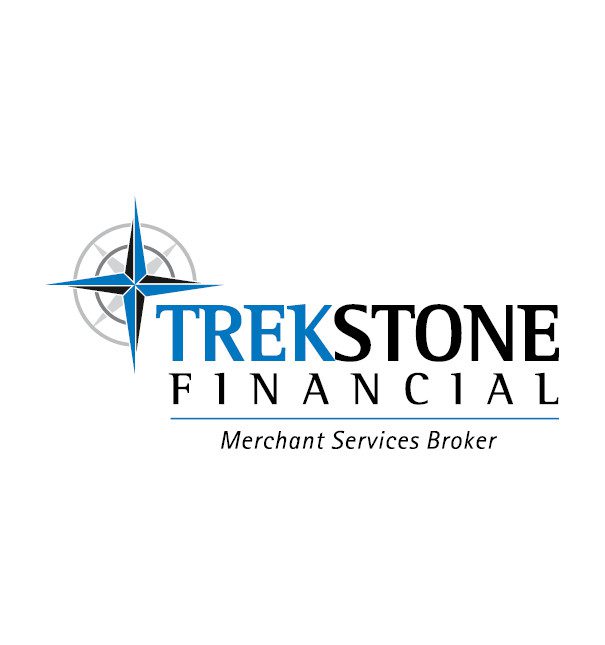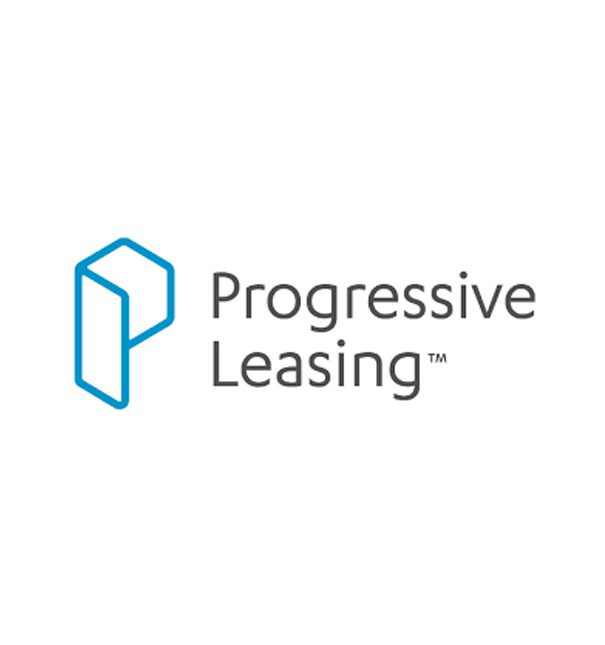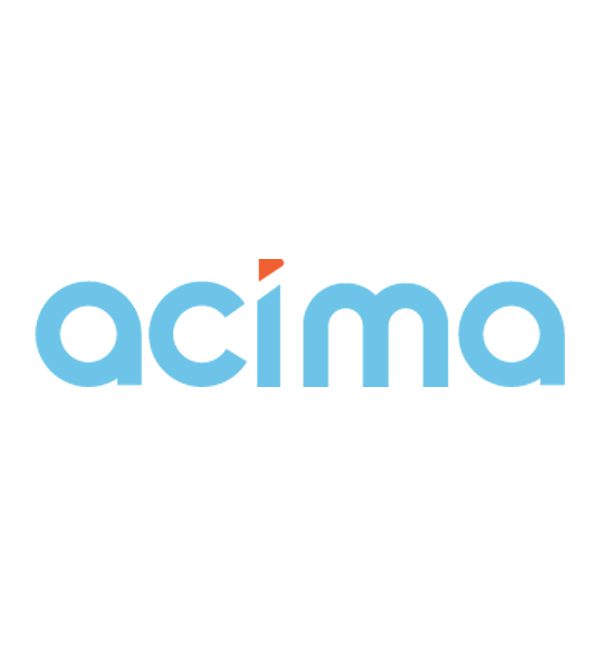Find out how restructuring could save you money.
Nothing about this time of year—not the heat, nor your upcoming vacation nor next month’s Labor Day sale—brings to mind taxes. However, this might be the perfect time to talk about them. Indeed, this might be the perfect time to consider your store’s business structure.
It’s quite possible that in the early stages of your business you may have preferred to keep things simple with a sole proprietorship, which makes perfect sense. Sole proprietorships are the simplest business forms under which a retailer—anyone, really—can operate a business. The sole proprietorship is not a legal entity. It simply refers to a person who owns the business and is personally responsible for its debts.
But that was then. Now that your store and expectations have grown, you may need to change your business structure to a corporation or limited liability company (LLC). Revisiting your business structure now can even help save you money with next year’s filing. Most importantly, picking the right business structure lays a strong legal foundation for your business for years to come.
Here are three situations to consider:
Minimize your liability
When many small business owners first launch a business, they don’t form an official business entity, which means their business by default is structured as a sole proprietorship or partnership. You may not have realized these business structures can put your personal assets at risk. That’s because there’s no separation between you as the business owner and the business. So, if your business should be sued or cannot pay its debts, you can be required to pay using your personal savings and other assets.
Both LLCs and corporations separate the business owner from the business, minimizing your personal liability in many situations.
How to do it: If you’re interested in minimizing your (not your store’s) personal liability, it’s easy to form an LLC or corporation. In the case of an LLC, you’ll need to file an Articles of Organization form; to form a corporation you’ll need to file Articles of Incorporation forms. You can either file the paperwork directly with your state’s secretary of state office or have an online legal filing service handle it for you. Keep in mind that managing an LLC entails less administrative formality than a corporation, making it a better choice for many small businesses.
Lower your self-employment taxes
If you reported self-employment income, then you’ve felt the sting of paying self-employment (SE) taxes. While the SE tax is the bane of many self-employed consultants, service providers, and entrepreneurs, you can’t avoid paying the tax altogether since it’s your contribution to Medicare and Social Security. However, there are certain strategies you can take to minimize your self-employment tax.
For example, you can change your business structure to a corporation or an LLC and elect to have it taxed like an S Corporation. Then, you can divide the year’s income into salary and distributions. Your salary is subject to self-employment/FICA tax, but the distributions are not. Keep in mind you’ll need to pay yourself a fair salary for the work you do, as opposed to just taking all the income out as a distribution.
On a side note, one of the most effective ways to manage self-employment tax is to make sure your pricing accounts for these costs. As an employee, your employer is responsible for approximately half of your Medicare and Social Security taxes. But as a self-employed professional, you are responsible for the full payment. Keep that in mind as you set your pricing and bill customers.
How to do it: If you’re interested in trying to legally lower your self-employment taxes, speak with a CPA or tax advisor. You’ll most likely form an LLC or corporation (if your business isn’t already structured as such) and then select S Corporation status with the IRS. However, a CPA/tax advisor can help you figure out the proper salary and distribution amounts to avoid trouble with the IRS.
Avoid double taxation blues
If you incorporate your store, you’ll soon realize the business exists as a separate entity and as such, needs to pay taxes on its profits. In some cases, this can lead to double taxation for business owners, since profits are taxed on the business’ filing and then if the owners distribute any profits to themselves, they are taxed on the individual level as well. Many small business owners who take money out of the business can find themselves in this situation.
[Online retailers must pay local sales taxes in California, too]
You can avoid this situation by using the pass-through tax treatment of an S Corporation. With S Corporations, the business itself doesn’t pay taxes on the profits. Rather, the profits are passed through to the owners/shareholders and each individual is responsible for paying taxes on their share of the profit (typically based on ownership percentage). Note that LLCs have this kind of pass-through taxation by default.
How to do it: Changing from a C Corporation to an S Corporation is one of the easiest changes to make, but is time sensitive. To make the change, you need to file IRS Form 2553 no more than 75 days from the date of incorporation, or no more than 75 days from the start of the current tax year. This means if you have an already existing business, it’s too late to make the change to apply for your 2017 taxes. But you can get your paperwork in to be ready for 2018 and beyond.
Be aware that not everyone is eligible for S Corporation status. The IRS requires all S Corporation shareholders be individuals (not LLCs or partnerships) and legal residents of the U.S. If your business isn’t eligible to be an S Corporation, you can still dissolve your corporation and form an LLC instead. However, you should speak with a tax advisor before undergoing this process.
The bottom line is there’s no reason to stick with a business structure that doesn’t work for your situation any more. It’s possible to convert your structure once your needs change, and in most cases, the process is easier than you think.











